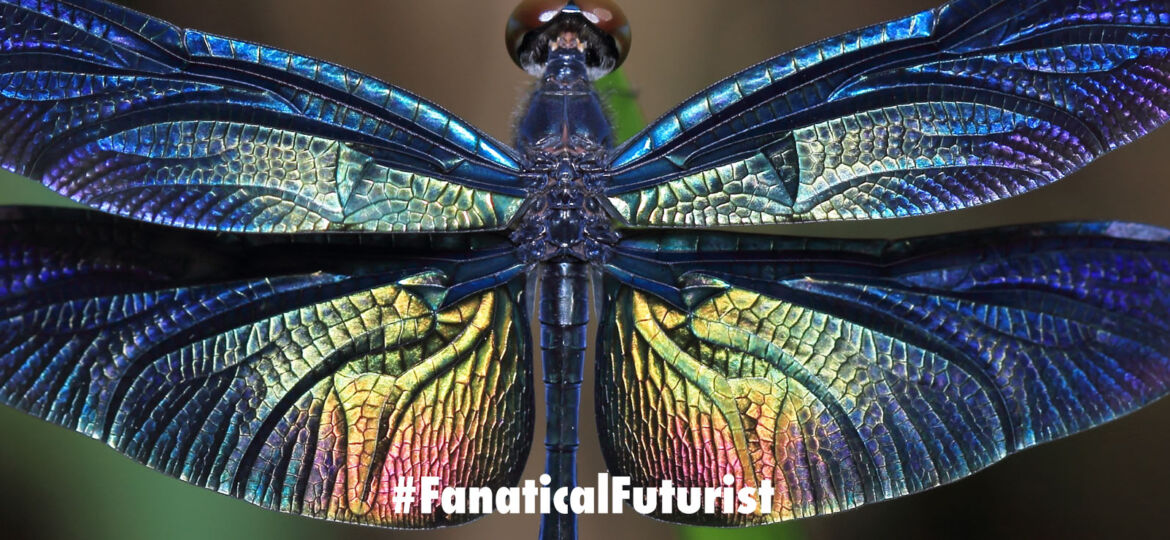
WHY THIS MATTERS IN BRIEF
Nature manages to pack intelligence into lean, small packages – or brains – and researchers are trying to copy it.
 Interested in the Exponential Future? Connect, download a free E-Book, watch a keynote, or browse my blog.
Interested in the Exponential Future? Connect, download a free E-Book, watch a keynote, or browse my blog.
Researchers at Sandia National Laboratories led by computational neuroscientist Frances Chance are looking to the common dragonfly, that has already been turned into a controllable living drone by another team of researchers elsewhere, for clues to develop smaller, more efficient missile defences by trying to replicate the predatory insect’s brain in a computer algorithm. And their goal is to ultimately create interceptors that can lock on to threats, including newer hypersonic missile threats, much faster and achieve a much higher kill ratio than the military can today.
Dragonflies have been around for about 325 million years and haven’t changed all that much since then, so they must be doing something right. Part of the reason they’ve lasted so long, apparently, is that, though they are typically associated with bucolic moods as they buzz about on warm summer evenings, they are one of nature’s consummate predators with a staggering kill ratio of 95 percent once they’ve targeted their prey.
The dragonfly manages this through its remarkable brain, which on first inspection seems to be a very simple, even primitive thing, but is capable of some remarkably fast and complicated computations. When it pursues its prey in flight, the dragonfly doesn’t chase after it – and here’s what’s got researchers so excited – instead, it anticipates where its dinner will be and calculates a straight intercept course that it corrects as its target bobs and weaves. And boom – lunch, or if you’re in the military job done.
This is pretty good, considering that the dragonfly doesn’t even have depth perception, so how does it do this? To find out Sandia National Laboratories did some pretty fancy reverse engineering based on the real dragonfly’s behaviour and used some intriguing technologies and techniques to, get this, create simulated dragonflies in a digital environment, or simulation engine, that duplicated the insect’s brains as neural networks. Boom! Mind blown, again!
According to Sandia, the results mimicked the dragonfly brain with great accuracy. This is of great interest because the dragonfly can react to its prey in only 50 milliseconds, or six times faster than the blink of a human eye. Since this is the time that it takes a signal to pass through a mere three neurons, each dragonfly computation has to be amazingly efficient and must take only three steps, though living brains do carry out a kind of parallel processing, so a lot of calculations can be done in a very short time by a very simple set of neural circuits.
By contrast, conventional missile defense systems use much more computing power for a very similar task. By using the dragonfly brain as a model, the researchers believe it may be possible to make smaller, lighter computers that need less power to operate, as well as increasing kill ratios. In addition, the dragonfly algorithm could help to intercept less predictable hypersonic missiles or show how to calculate interceptions using less sophisticated sensors.
The researchers concede that there are fundamental differences between dragonflies and missiles – speed being the most obvious. However, even if missile defense proves to be a bust, the new technology could be of great use in creating super efficient Artificial Intelligence (AI) systems and applications like self-driving cars or prescription drug development and testing.
Source: Sandia National Laboratories
















